Blog
Difference Between Simplex and Duplex Fiber Optic Adapters
Fiber optic adapters play a crucial role in ensuring reliable and efficient connectivity between fiber optic cables, allowing seamless signal transmission in various network setups. Among the different types of fiber optic adapters, simplex and duplex adapters are the most common. While both are used to connect fiber optic connectors, they have significant differences in terms of design, function, and use cases.
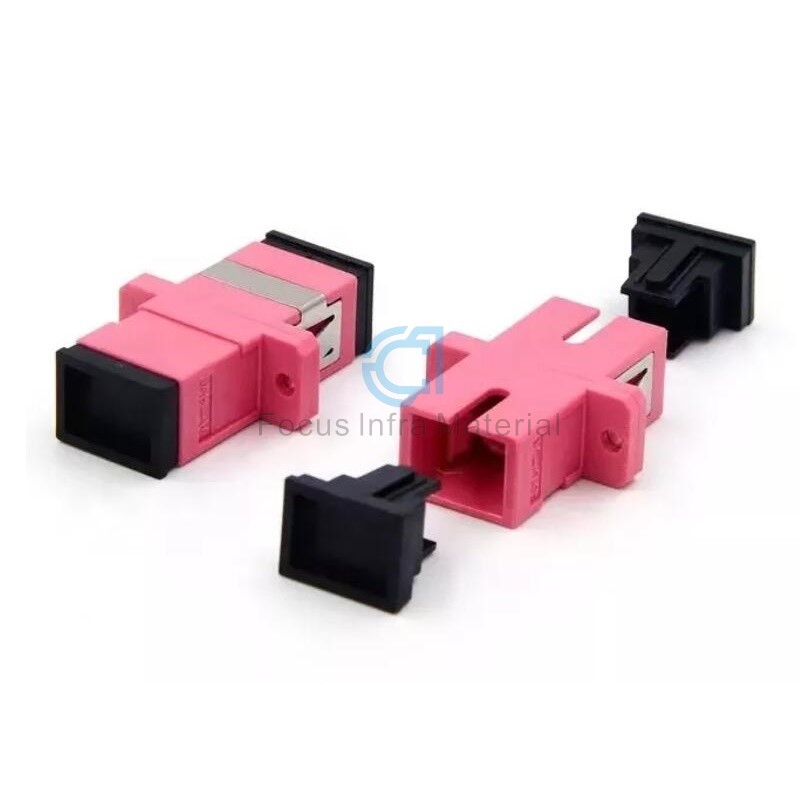
1. Number of Fiber Connections
Simplex Fiber Optic Adapter:
A simplex adapter is designed to connect a single fiber at a time.
It supports one-way data transmission, meaning that only one signal can travel in one direction through the fiber.
Simplex adapters are used when the application requires unidirectional data flow.
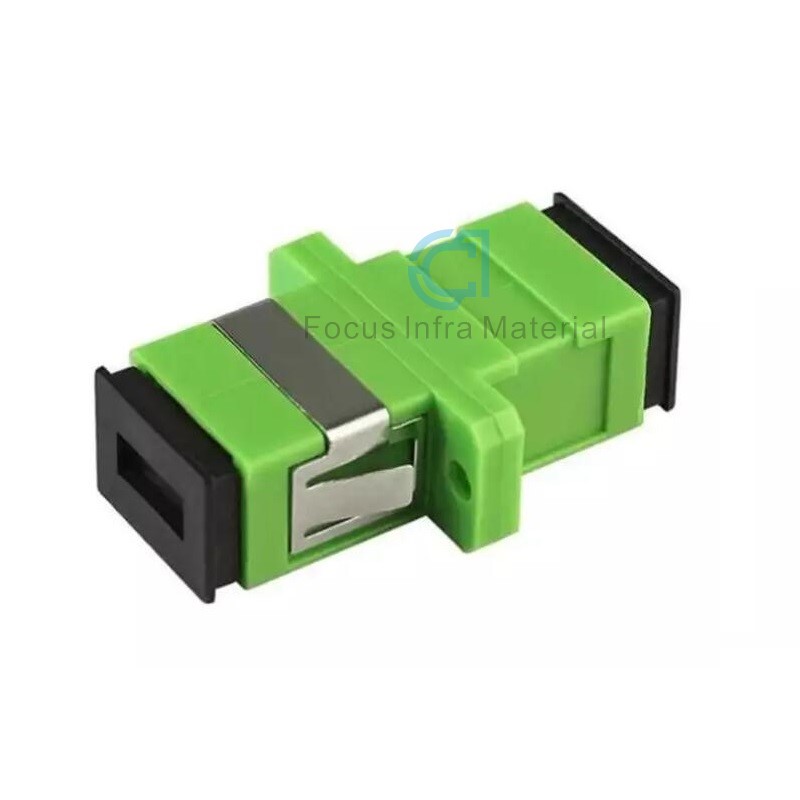
Duplex Fiber Optic Adapter:
A duplex adapter is designed to connect two fibers, enabling the two-way transmission of data.
It allows bidirectional communication, meaning data can flow in both directions simultaneously, making it ideal for full-duplex communication systems.
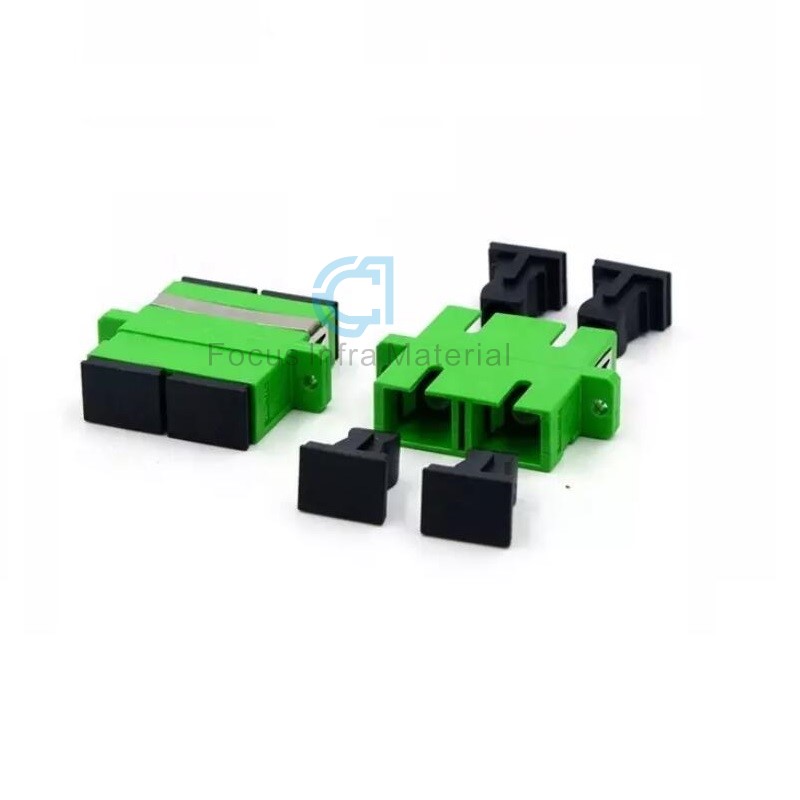
2. Use Case and Application
Simplex Fiber Optic Adapter:
Used in single-direction communication systems such as simplex connections in telecom or broadcasting networks.
Often found in applications where data only needs to flow in one direction, such as video surveillance or signal monitoring systems.
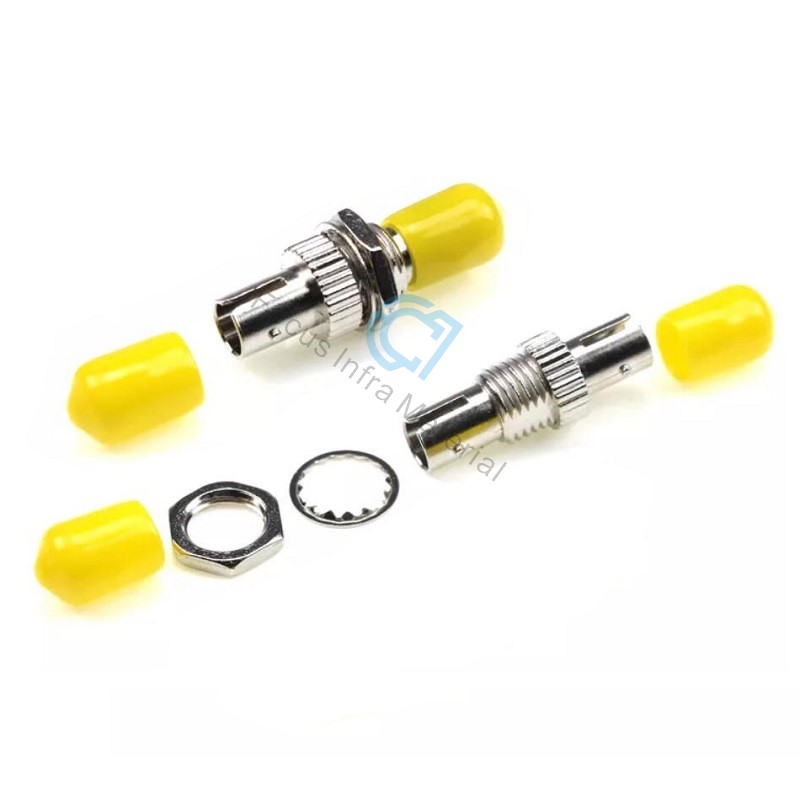
Duplex Fiber Optic Adapter:
Commonly used in full-duplex communication systems that require two-way communication. Examples include data centers, telecom networks, and internet backbones, where both upstream and downstream data must be transmitted simultaneously.
Ideal for high-speed internet or fiber-to-the-home (FTTH) connections, where bidirectional data flow is required for real-time communication.
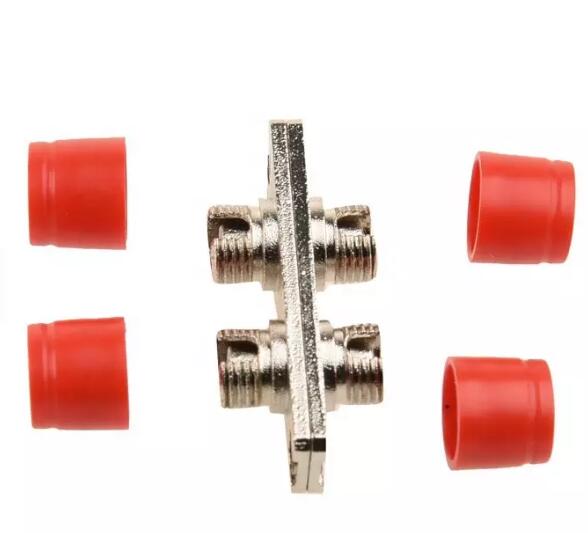
3. Design and Structure
Simplex Adapter:
The design of a simplex adapter typically includes a single channel for a fiber to connect.
It is smaller in size, as it only supports one fiber, making it more compact and cost-effective for applications that do not require two-way data transmission.
Duplex Adapter:
A duplex adapter incorporates two channels, allowing for the simultaneous connection of two fibers.
Typically larger in size due to the additional fiber connection, duplex adapters are designed to accommodate both sending and receiving signals in a single connection unit.
4. Fiber Types Compatibility
Simplex Adapter:
Typically used for connecting single-mode or multi-mode fibers in a unidirectional setup.
Duplex Adapter:
Can also support both single-mode and multi-mode fibers, allowing for bi-directional data flow in systems where two-way communication is essential.
5. Common Connectors
Simplex Adapter:
Typically supports connectors like LC, SC, FC, and ST for single-fiber applications.
Duplex Adapter:
Commonly supports connectors such as LC-LC, SC-SC, or MTP/MPO in configurations where two fibers are used for simultaneous two-way data transmission.
6. Speed and Performance
Simplex Adapter:
While simplex adapters support high data rates, they only handle data in one direction, meaning limited bandwidth in terms of overall communication capacity for applications requiring two-way data exchange.
Duplex Adapter:
Duplex adapters support higher overall throughput because they handle data in both directions at the same time. For example, a duplex fiber optic connection can offer higher bandwidth, supporting faster and more efficient two-way communication for applications like video conferencing or high-speed internet services.
Summary of Differences:
Feature | Simplex Adapter | Duplex Adapter |
Fiber Connection | Single fiber connection | Dual fiber connection |
Data Flow | One-way (Unidirectional) | Two-way (Bidirectional) |
Typical Use Case | Simplex communication, monitoring | Full-duplex communication, high-speed networks |
Design | Smaller, single-channel | Larger, two-channel |
Compatibility | Single-mode or multi-mode | Single-mode or multi-mode |
Connectors | LC, SC, FC, ST | LC-LC, SC-SC, MTP/MPO |
Bandwidth/Speed | Limited (one-way) | Higher (two-way) |
Conclusion
Choosing between a simplex or duplex fiber optic adapter depends largely on the application requirements. If your system needs to support one-way communication, a simplex adapter is the ideal choice. However, for systems that require two-way communication with higher throughput and efficiency, a duplex adapter is the preferred solution.
Both types of adapters are crucial in modern fiber optic networks, and understanding their differences will help ensure the right choice for your specific needs, whether it’s for telecom, data centers, video streaming, or industrial applications.
RELATED NEWS
- Fiber Optic Attenuators – Precision Solutions for Signal Control 2023-03-20
- LC Fiber Optic Adapter: High-Quality Connectivity Solutions by Chengdu Focus Inf 2023-02-18
- SC Fiber Optic Adapter: High-Performance Connectivity Solutions by Chengdu Focus 2023-01-15
- Key Features of Fiber Optic Adapters 2023-04-05
- Fiber Optic Adapter Production and Quality Control Process 2023-02-18
CATEGORIES
LATEST NEWS
CONTACT US
Contact: Yuki
Phone: +8618981876882
E-mail: yuki.hecy@cdfocusinfra.com
Whatsapp:+8618981876882
Add: No. 1760 century avenue, Chongzhou city, Sichuan province, China
